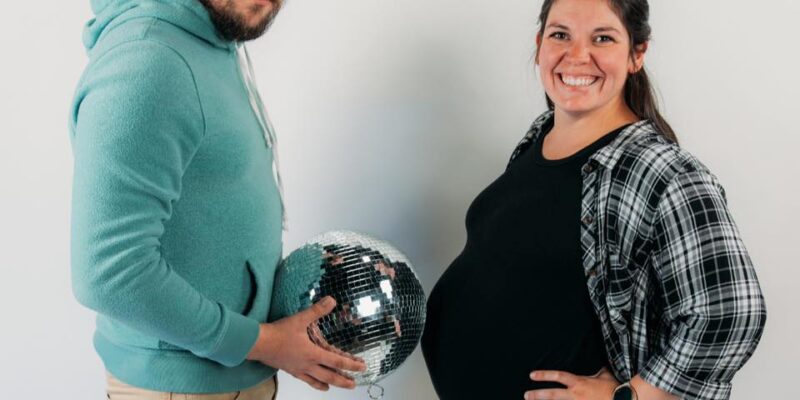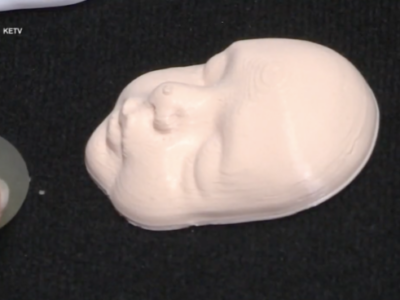
A woman in Alabama has done one of the rarest things a human can do. Kelsey Hatcher was born with two uteri and two cervixes.
Earlier in the week, she gave birth to two girls, one carried in each uterus.
The New York Post writes:
Kelsey Hatcher arrived at the University of Alabama at Birmingham Hospital last week for her fourth scheduled induction, not uncommon for some expectant mothers.
But this labor and childbirth would be one for the record books.
Despite having three prior uncomplicated pregnancies, this time was different. Hatcher, 32, has the rare condition of having a double uterus — and each contained a developing baby.
After a marathon 20 combined hours of labor, Hatcher delivered two baby girls within a 10-hour time period: one on Dec.19th and another on Dec. 20, according to the University of Alabama website.
University of Alabama-Birmingham, where the babies were born, writes that prior to Kelsey’s case, the two obstetricians who helped her deliver her bundles of joy had never delivered dicavitary twins, despite having sixty years experience.
“They relied on each other and the rest of the UAB women’s health team to combine evidence-based data with their obstetrical expertise to go into the unknown and come out with two healthy babies and a healthy mom.
‘It goes to show that the field of obstetrics is always changing and unpredictable, and you don’t always have clear-cut answers,’ one of the doctors said. ‘It takes a team of experts from obstetricians to amazing nurses and a skilled anesthesia team to take care of such a rare pregnancy. I am grateful that Kelsey was at UAB, where we could provide her with that interdisciplinary care.'”
The question remains: with two wombs and two different birthdays, are the girls twins?
Technically, it’s both.
“A typical twin pregnancy is defined by two babies in one uterus during the same pregnancy.
While Kelsey had one baby in each uterus, two eggs were released that were fertilized during the same ovulation cycle.
‘I think it is safe to call the girls fraternal twins,’ the doctors explained. “At the end of the day, it was two babies in one belly at the same time. They just had different apartments.”
Either way, welcome to the party, girls.









